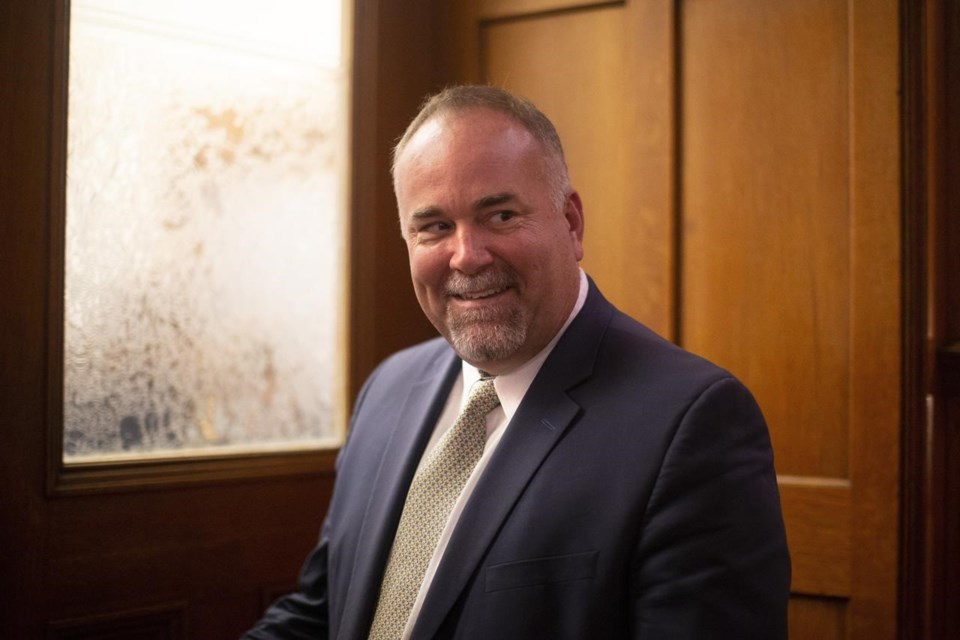Ontario and Quebec have agreed to swap energy to help each other out when electricity demands peak.
The provinces' electricity operators, the Independent Electricity System Operator and Hydro-Quebec, will trade up to 600 megawatts of energy each year, said Ontario Energy Minister Todd Smith.
"The deal just makes a lot of sense from both sides," Smith said in an interview with The Canadian Press.
"The beauty as well is that Quebec and Ontario are amongst the cleanest grids around."
The majority of Ontario's power comes from nuclear energy while the majority of Quebec's energy comes from hydroelectric power.
The deal works because Ontario and Quebec's energy peaks come at different times, Smith said.
Ontario's energy demands spike in the summer, largely driven by air conditioning on hot days, he said.
Quebec's energy needs peak in the winter, mostly due to electric heating on cold days.
The deal will last 10 years, with reviews along the way to adjust energy amounts based on usage.
"With the increase in energy demand, we must adopt more energy efficiency and intelligent measures in order to better manage peak electricity consumption,” Quebec's Energy Minister Pierre Fitzgibbon wrote in a statement.
Smith said the energy deal is a straight swap, with no payments on either side, and the transfer could begin as early as this winter.
Ontario will also be able to bank unused energy to save capacity until it is needed in future years, Smith said.
Both provinces are preparing for future energy needs, as electricity demands are expected to grow dramatically in the coming years with increased demand from industry and the rise of electric vehicles.
This report by The Canadian Press was first published Aug. 30, 2023.
Liam Casey, The Canadian Press



